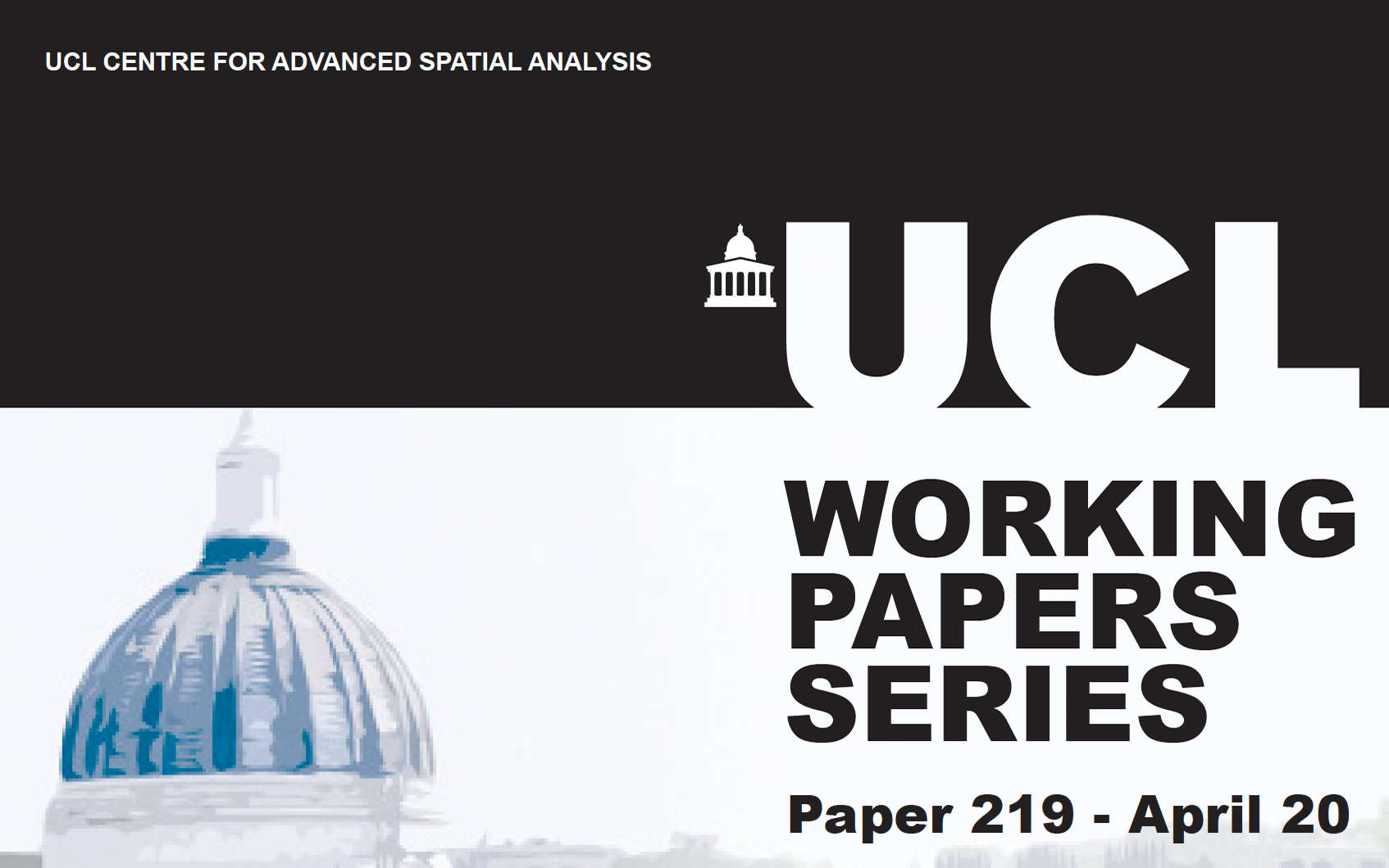CASA Working Paper 219
Optimal Land Use Allocation for the Heathrow Opportunity Area Using Multi-Objective Linear Programming

17 April 2020
The London Plan, the Greater London Authority's spatial development strategy for London, has deemed Heathrow as an Opportunity Area (OA) (an area with the capacity to support additional homes and jobs) since 2004, but progress on developing the area has been minimal. Uncertainty around the expansion of Heathrow Airport appears to have adversely affected progress. Nevertheless, despite this stagnation, the most recent London Plan stipulates that the Heathrow OA should accommodate 13,000 new homes and 11,000 new jobs. Using multi-objective linear programming (MOLP), we investigate whether the above figures are achievable given constraints on land availability and land use mix. We further explore how land uses might best be assigned to maximise home, job and GVA creation within the Heathrow OA. We find that, given 700 ha of available land, as indicated in the London Plan, home and job creation figures can be met. However, a GIS-based investigation of the Heathrow OA reveals that there is insufficient brownfield land to meet these targets, and that development on Green Belt land would very likely be necessary. Through considering a wide range of different weightings of our objectives and varying the degree to which land use mix is restricted, we present a comprehensive picture of how land can be assigned within the Heathrow OA to maximise key economic objectives. Strong land use allocations from this perspective tend to more heavily feature financial and professional services, other office-based businesses, and shops. Given that real world land use planning scenarios will always be dependent on factors that cannot be fully captured by a mathematical model, we use MOLP to generate a range of possible allocations reflecting different planning priorities, rather than covering a single 'solution'. We present our results using a wide range of visualisations to illustrate key trade-offs between different goals, with the aim of promoting MOLP to planners as a valuable tool to support spatial decisions and policy making.
Keywords: Urban Planning, Land Use, Heathrow Airport, Linear Programming, Optimisation, Green Belt
Authors: Thomas P. Oléron-Evans, Melda Salhab
Download CASA Working Paper 219 (file size 4.4MB, file format PDF)
 Close
Close

